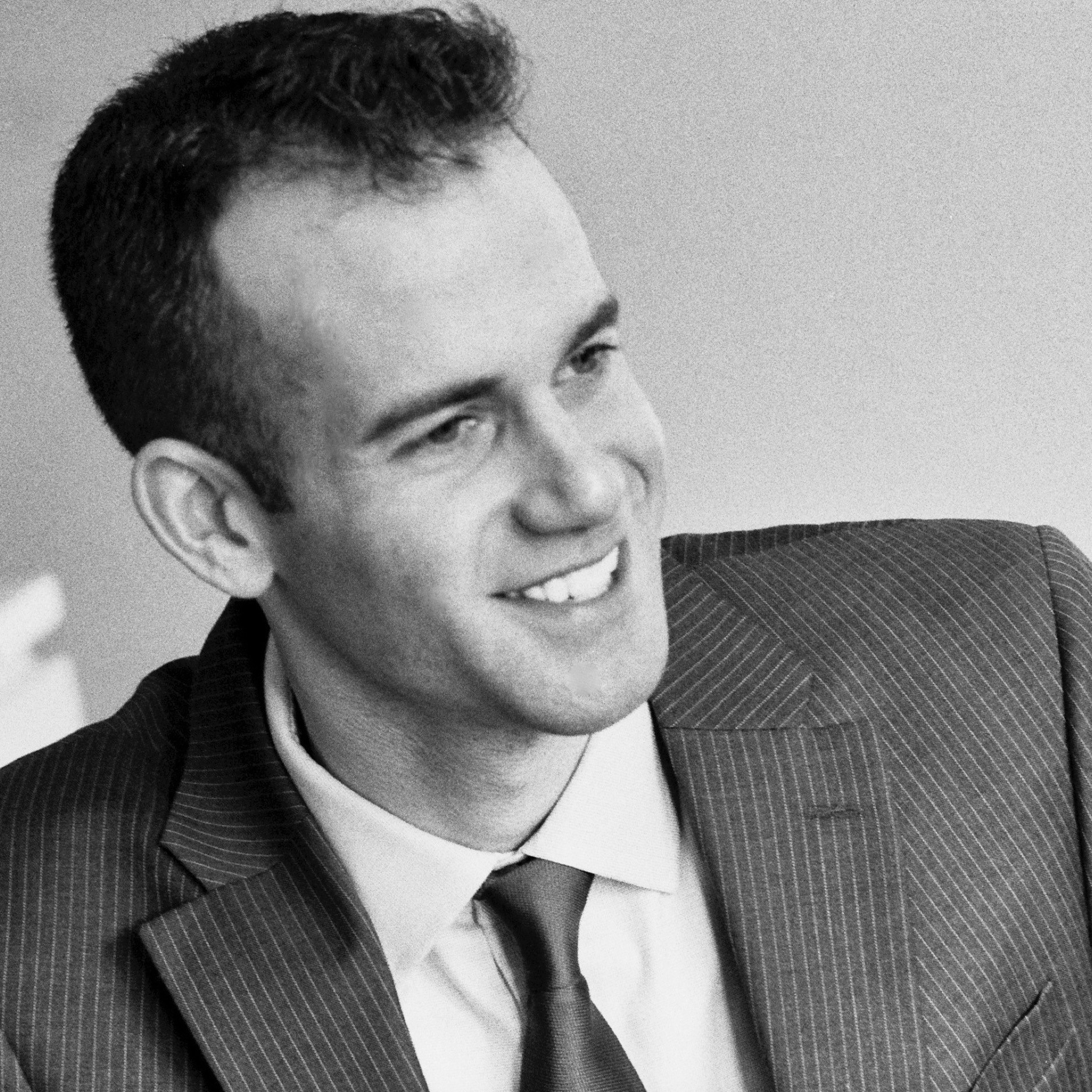Digitization Prioritization II: Low Hanging Fruit vs. Biggest Impact
When looking at where to focus your efforts on your Digital Transformation, it can be hard to decide between the short-term, high impact projects and the longer-term, strategic game changers. Read my first blog about prioritizing digital here.
Even before concerted efforts to digitize began, companies struggled with the balance of smaller, low hanging fruit projects and larger system investments.
Low hanging fruit is attractive to pick. You find something relatively easy to do that can be deployed quickly, and is likely to show immediate benefit to your staff, customers, partners and bottom-line. Great examples abound – texting tools, self-service digital evidencing solutions, digital payment solutions, and more.

These are all valuable solutions, and worth the resource investment to bring to market. Someone I was recently on a panel with, gave this analogy “If you let a kindergartener dress herself, she picks out all her favorite articles of clothing that individually look great. But when you put them together, there is no cohesive, matching outfit where each article of clothing complements the others.” This is exactly what happens when you do a series of small, point-specific projects – great individual parts that may not work together.
If your core systems do not support APIs, you may still be able to implement many low hanging fruit digital solutions. You may choose to implement a digital payment solution since many can run independent of your core system, ledger, etc. Staff would have to rekey payment details into the digital payment system, and accounts would have to reconciled regularly, but they work. Repeat the same story for other, similar, quick-to-implement digital solutions without addressing the bigger strategic gap in your core system, and you end up with many digital capabilities that simultaneously create a series of secondary, wasteful side processes to support.
The solution is to step back, and ask yourself, “What do we want the future to look like? What do our customers need it to look like? What will our partners need?”
read more about harnessing digital and APIs for business agility
In looking through the future prism, a more cohesive purpose comes through. A bigger program of work can emerge to coordinate various efforts together to speak to an overarching set of business wants and needs.
This program will include various investments, large and small. It also allows you to plot a course to fulfilling those needs. You can see when and where to invest in low hanging fruit, but also understand it in the context of larger, more involved delivery needed to achieve your goals.
To structure the work itself, following a truly Agile methodology is crucial. Use short-term sprints with requirements defining, development, testing, deployment and learning. Each sprint should feed insights and guidance into the next sprint, creating a holistic approach to meeting your overall objective. This can help steer you along that journey without overcommitting to long-term deliveries that may become detached from a changing business environment, miss the chance for each delivery to feed into the next with course-corrections or gaining the value of new insights learned along the way.
Without this first visionary step and iterative deployment ethos, you can end up fully committing your resources to a series of unrelated, but valuable small projects. Or you can stop yourself from making quick, tactical progress along your journey by turning away from all low hanging fruit in the pursuit of large, resource-intensive projects.
